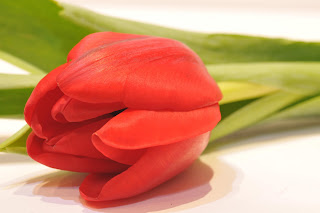You should be able to identify at least two kinds of colour relationship.
- Complementary (colours that face each other across the circle)
- Similar (those near each other, as in a cool or warm range of colours)
- Colours spaced about a third of the way around the circle.
- A fourth kind of relationships when one small area of colours sits against a much larger background of another colour as a spot or accent.
Take about four photographs each that illustrate the following colour relationships:
- colour harmony through complementary colours
- colour harmony through similar colours
- colour contrast through contrasting colours
- colour accent using any of the above.
It was initially difficult to get some inspiration for the this part of the course. With the weather turning more and more wintry and the colours of the landscape changing from lush green to more of dull greens and grays, the light was becoming flat, I had to think of alternative locations in order to find colour. It was then I found such a place while walking through Leeds city markets, all be it in somewhat of a staged environment. What was quite striking was the array of colours and products on display that otherwise might of gone unnoticed had I not been looking for subjects to photograph for their colour.
I also experimented with some still life arrangements in order to try and recreate the balance or mix of colours I was looking for. This to also presented its challenges as the majority of the time I was trying to create these shots on an evening and having to use artificial lighting in order to gain the required results rather than rely on natural light.
Colour accent using any of the above
Equipment:
Camera: Nikon D300s
Lens 70mm
The first picture I chose for this subject were bunches of asparagus with a red rubber band wrapped around them. For me it demonstrates colour accent perfectly as the mix of greens is interrupted by the line and colour of the rubber band.
The second picture in the sequence is of a tray of lemons on the market holders stall, the dominant colour here is of the yellow fruit with the growers mark clearly evident in blue.
The third picture in the sequence is broken up by the blue Granny Smith label against the predominant green of the apples.
The fourth picture in the sequence is dominated by the bright orange of the fruit interrupted by the single purple label.
For me all these pictures demonstrate colour accent with the dominant colour of the fruit/vegetable clearly evident and natural only interrupted by items that have been placed on by our hands.
Exp time = 1/50
F/Stop = F3.2
Focal length = 70mm
ISO =250
Exp time = 1/100
F/Stop = F3.2
Focal length = 70mm
Exp time = 1/320
F/Stop = F2.2
Focal length = 50mm
ISO =400















